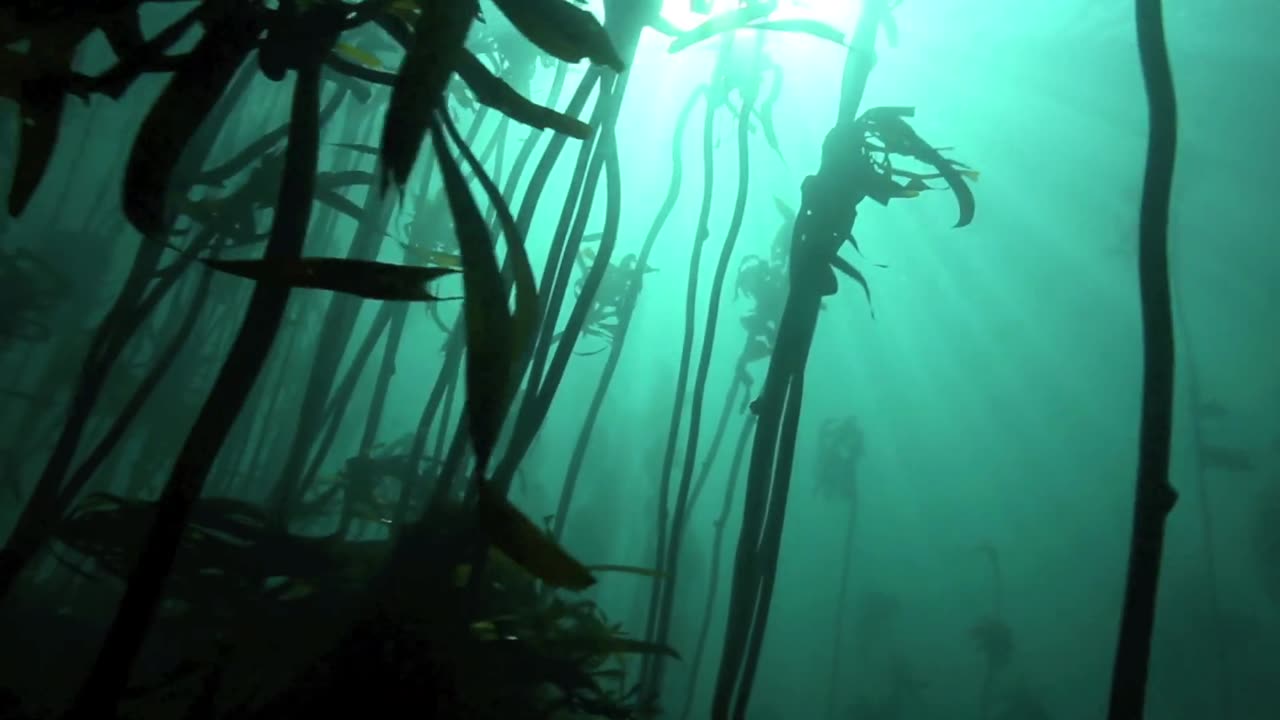Premium Only Content

Tracking Tropical Cyclone Freddy: NASA's Record-Breaking Journey 🌀🌍
Join us in witnessing the extraordinary journey of Tropical Cyclone Freddy, the longest-lived tropical cyclone on record! 🌀 From Madagascar to Mozambique, Freddy's epic voyage lasted over five weeks, leaving a trail of weather mysteries in its wake. Explore its remarkable path and the scientific insights it uncovered in this captivating NASA data visualization. 🛰️🌊 #TropicalCycloneFreddy #WeatherWonders #NASAData
Video Description:
0:00 Data visualization of the Southern Hemisphere with Australia & Indonesia to the right & “Indian Ocean” labeled on the left & center. Bars at the bottom shows accumulation & precipitation rates for Tropical Cyclone Freddy. The left bar says “NASA IMERG Accumulation since 6 February, 2023," with a scale from dark green (low) to dark purple (very high). The right scale reads “NASA IMERG Precipitation Rate, 3-hour average” & goes from white (very low) to dark blue (medium) & light yellow-green (very high). A small scale shows the storm category ranging from “Depression/Storm” in gray to Category 5 in dark red.
0:01 That description applies throughout. A blue spiral blob, the storm, appears between Indonesia & Northwest Australia.
0:03 Text in the lower left says “voice of George Huffman, Project Scientist, Global Precipitation Measurement Mission, NASA’s Goddard Space Flight Center.” The camera follows Freddy as it leaves a trail of green & purple blobs indicating rain accumulation. The “Freddy” label changes color to match its change in strength.
0:11 A closer framing of the storm viz shows Freddy's origin between Indonesia & Australia.
0:17 The map dissolves to show Freddy increasing in intensity to a Category 5 storm as it nears Madagascar.
0:25 The map dissolves back to wider framing where the long east to west track of Freddy is visible, leaving trails of green & purple rain accumulation data behind.
0:39 The map dissolves to a close-up of Freddy having reached Category 5 headed for the east coast of Madagascar. Freddy crosses the bottom half of Madagascar & heads to Mozambique in eastern Africa where it makes landfall.
0:49 A photo in the bottom right of the screen shows widespread mudslides in Mozambique with trapped vehicles & lots of debris & people walking around in the aftermath.
0:53 Still closer framed, Freddy moves in an irregular loop over Mozambique, with lots of higher rates of rain & accumulation indicated by dark blues & purples.
1:05 Image of a huge cyclonic cloud with an eye that makes landfall on Mozambique. This is from the satellite Meteosat-9 & shows the day * night cycle as Freddy approaches land.
1:10 Back to the IMERG viz of Freddy’s long track across the Indian Ocean. It dissolves to show the end of Freddy over Mozambique with the track & accumulation data behind. Mozambique & Madagascar are covered in purples, dark blues & greens indicating high levels of rain rate & accumulation.
1:17 The same viz shows “Freddy” & clouds fade out, leaving the storm track & accumulation data as the camera slowly zooms.
1:21 The NASA logo, a blue circle with a red stylized arrow & a white orbit path around white letters reading “NASA”
Music: “Enlightenment,” Universal Production Music
Ryan Fitzgibbons (KBRwyle):
Lead Producer
Lead Editor
Aaron E. Lepsch (ADNET):
Technical Support
George Huffman (NASA/GSFC):
Lead Scientist
Lead Narrator
B. Jason West (ADNET):
Lead Visualizer
-
 LIVE
LIVE
Matt Kohrs
7 hours agoFed's FOMC Decision Day Chaos || The MK Show
1,567 watching -
 LIVE
LIVE
BonginoReport
1 hour agoLock Her Up (Ep.107) - 12/18/2024
11,535 watching -
 LIVE
LIVE
Vigilant News Network
13 hours agoLiz Cheney’s Problems Just Got WORSE | The Daily Dose
1,172 watching -
 LIVE
LIVE
Game On!
13 hours ago $2.35 earnedConor McGregor vs Logan Paul: BIGGEST Boxing Match of the Century!
1,648 watching -
 LIVE
LIVE
Jeff Ahern
56 minutes agoNever Woke Wednesday with Jeff Ahern( Leftists losing everywhere)
229 watching -
 9:04
9:04
GBGunsRumble
12 hours agoGBGuns Armory Ep 134 Walther PDP F Pro
15.1K1 -
 13:12
13:12
Melonie Mac
21 hours agoAspyr Teases Possible New Tomb Raider Games in Classic Remastered Style
11.1K7 -
 44:49
44:49
Chrissy Clark
14 hours agoThe Rise Of Female Shooters, ABC News’ $16M Settlement, & MORE I Underreported Stories
9.17K3 -
 2:49:13
2:49:13
InfiniteWaters(DivingDeep)
22 hours agoIt's Over - The Matrix Is Cooked | Infinite Waters
6.54K8 -
 15:49
15:49
Chris From The 740
1 day ago $2.57 earnedThe EAA Girsan Influencer X - Not Your Grandpa's 1911
19K2